Fire Prevention Week 2022
Depending on how involved you are in your community, and whether or not you have school-aged children, you might have seen fire prevention information being passed around by the National Fire Prevention Association recently. The reason there’s such an uptick this time of year is that it’s about to be Fire Prevention Week!
When is Fire Prevention Week 2022
Each year, Fire Prevention Week takes place during the week of October 9th, to commemorate the Great Chicago Fire which started October 8, 1871. This year, it runs from October 9-14.
What is Fire Prevention Week
The NFPA established Fire Prevention Week in 1922, which makes this year the 100th anniversary. The week is dedicated to educating the public about the dangers of fires as well as sharing different fire prevention tips. It’s been considered a national observance since 1925, which means it holds the record for the longest-running public health observance.
In the spirit of the week, here are some of our tips to recognize fire hazards and prevent fires.
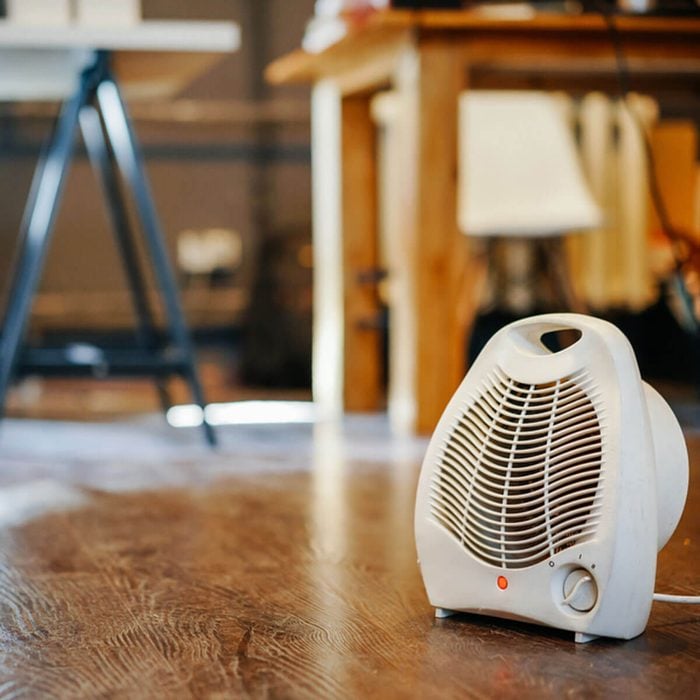
Space Heaters
They’ll keep you warm, but they come with a hidden danger. As the fall heating season kicks into gear, more people look to supplemental heating sources to keep the chill away. Space heaters are a common source homeowners turn to bring the temperature up. But, keep them at least three feet away from clothing, draperies, bedding, furniture and stuffed animals as they have the potential to catch fire.
Similarly, this DIY terracotta heater can be a hazard as well.
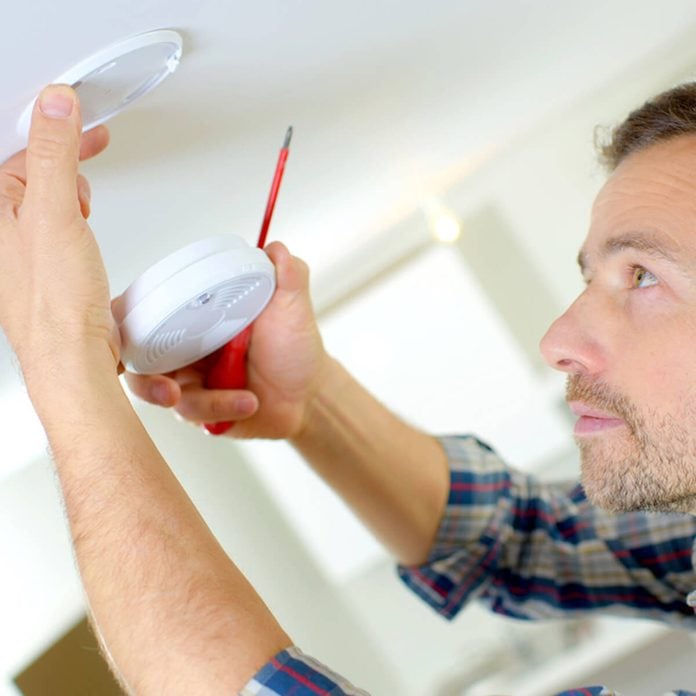
Smoke Detector
Every year people die because their smoke detectors didn’t go off during a fire. That’s usually because the batteries were dead (or had been removed to stop false alarms) or the detector was past its useful life or was located where occupants couldn’t hear the alarm. Be sure to check your smoke detector regularly, and consider writing the “last-checked” date on it.

Potential Cooking Fire Hazard
A towel or curtains hanging too close to an unattended stove is a fire hazard. The statistics: Cooking fires cause 23 percent of home fires and nine percent of deaths. The grease in an unattended frying pan catches on fire and ignites nearby combustibles, which in turn ignite curtains, cabinets or anything else in the vicinity.

Potential Extension Cord Fire
Overloaded extension cords, bad connections and other careless use of electrical devices can melt wire insulation and cause a fire. The statistics: Electrical equipment causes nine percent of home fires and ten percent of deaths. Overloaded extension cords, hidden electrical shorts, bad connections, and oversized bulbs and fixtures can ignite nearby combustibles and burn down your house.

Potential Gas Water Heater Fire
Clothes piled too close to a gas water heater can ignite when the water heater comes on, especially if the protective doors for the gas burners are missing. Appliances (clothes dryers and gas water heaters) cause seven percent of home fires and four percent of deaths. After problems with stoves and heaters, the biggest culprits in appliance fires are lint in dryers and combustibles near gas water heaters.
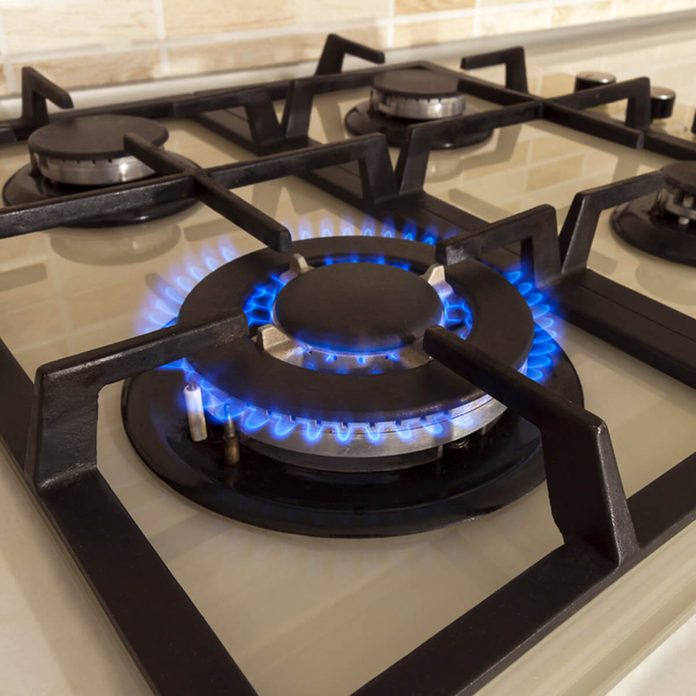
Turning the Heat Too High When You Cook
Cranking up the heat too high can be lethal, even if you’re in the kitchen while you cook. Kevin Kelley, senior director of community preparedness programs for the American Red Cross, recommends paying close attention and turning off the burner if you see smoke or grease starting to boil while frying food. This is the real reason most recipes have you bake at 350 degrees.

Having a Dirty Stove While You Cook
If your stove is covered with grease and other flammable grime, a small kitchen fire can get out of hand quickly. Clean and clear the area around the stove from potential fire hazards before turning on the heat.
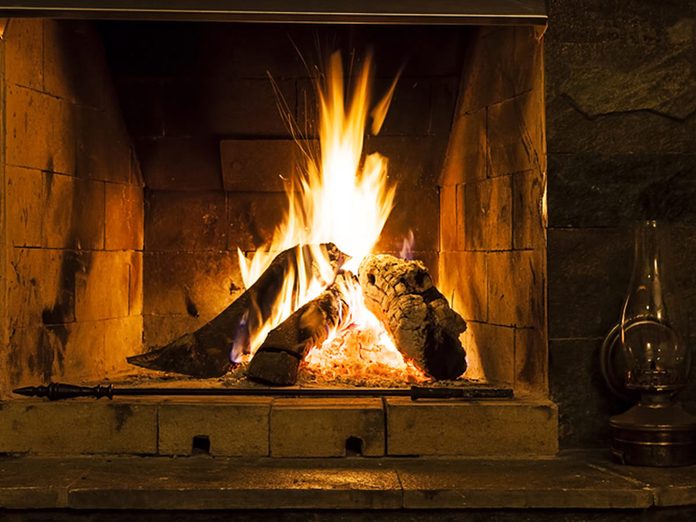
Fireplace Safety
Your home’s chimney should be swept at least once a year, according to the National Fire Protection Association. This fire safety measure will help remove soot and debris which could become a fire hazard. And when using the fireplace, keep any flammable materials, such as blankets, curtains and rugs away from the fireplace. And never leave children unattended near a working fireplace.

Sawdust
Sawdust is highly combustible and shouldn’t be left around the garage or in the shop. There are a lot of components like electrical wiring, a short spark from metal objects colliding and chemicals during woodworking projects that can quickly ignite a sawdust pile. Make sure to clean up this potential fire hazard regularly.
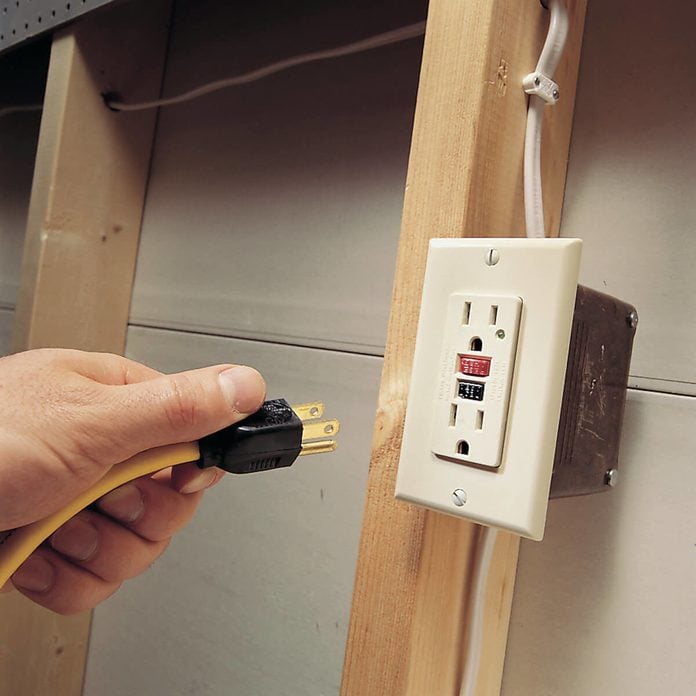
Loose Outlets
The constant movement of loose electrical outlets can loosen the wires connected to the outlet and create dangerous arcing.
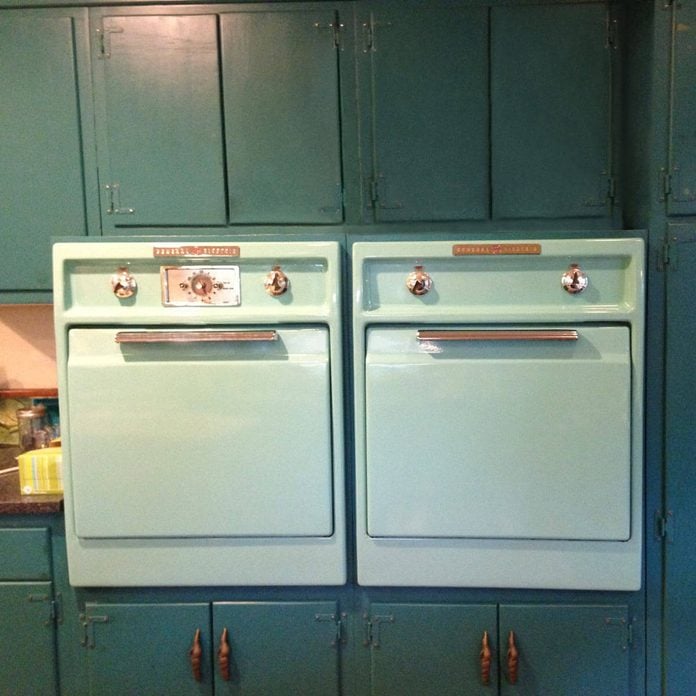
Antiques
The old wiring of antique appliances make them a safety risk because the wiring dries and becomes brittle, which could fuel a fire. For those who especially love shopping for vintage light fixtures it’s imperative to know how old the wiring is, if the wiring has been replaced and whether the wiring is European or from the U.S. Look for a UL (Underwriters Laboratories) label somewhere on the wiring for a quick reference to see if it’s safe. UL tests lighting fixtures for safety.
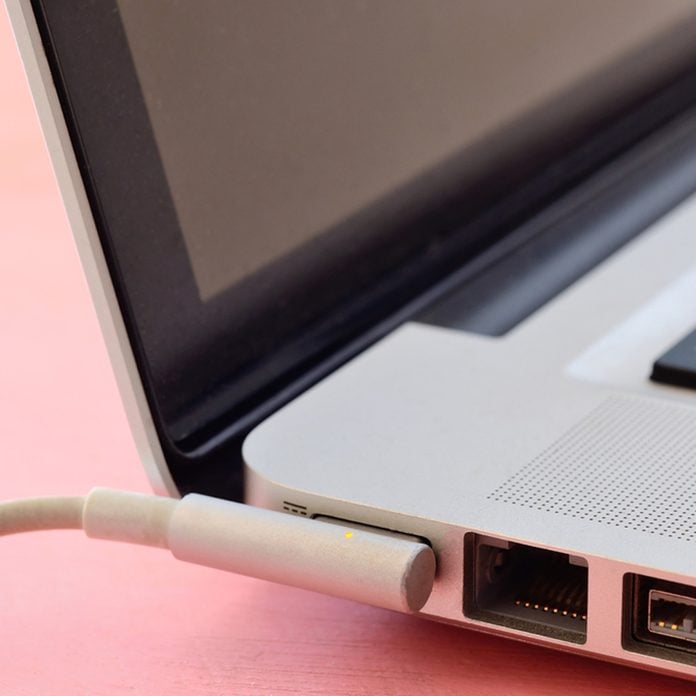
Laptops
Laptops have caused fires in homes in the past. In 2013 a laptop running on a bed for 16 to 18 hours with a recalled battery in a Manassas, Virginia condo contributed to a fire that burned the condo down, according to a NBC Washington report. It seems the battery played the bigger role in igniting the blankets and comforter than the laptop. Most laptops include automatic shutdowns to prevent them from overheating. When yours is ready to retire, make your you dispose of it properly.

9-Volt Batteries in Junk Drawers
People know a 9-volt battery and some steel wool is a great fire starter. So batteries shouldn’t be kept loose in a junk drawer, especially 9-volt batteries. It’s possible that the metal in the junk drawer could short out a 9-volt battery and spark a fire. It’s best to keep batteries in the packaging or keep the posts covered with tape. Check with local officials on how to best dispose of 9-volt batteries.
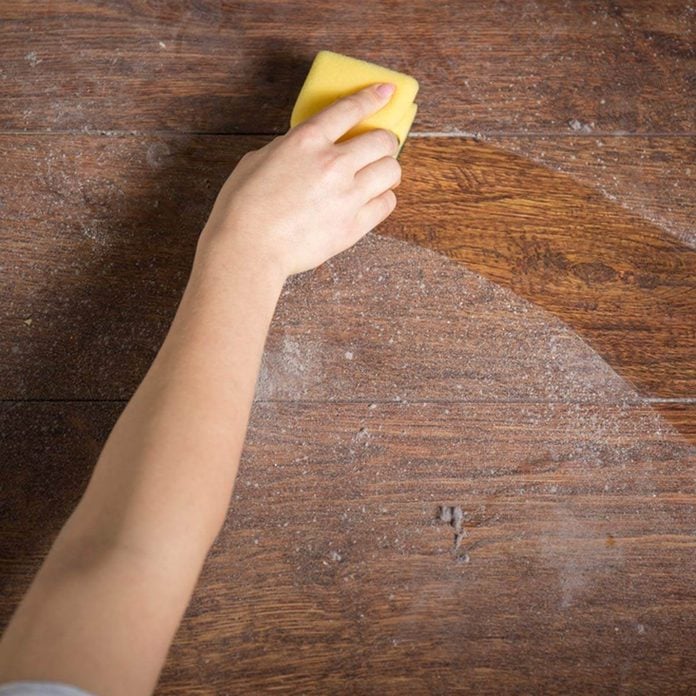
Dust Bunnies
There’s a super important reason why dusting is a vital chore at home. Those dust bunnies when near a spark will ignite and spread a fire quickly. Dust bunnies near a space heater and electrical sockets are a huge fire hazard.
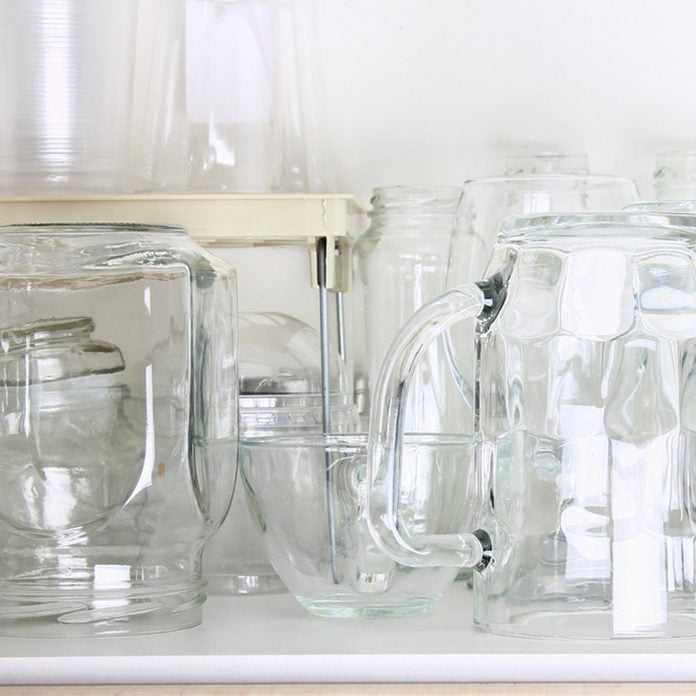
Glassware
According to a Science Focus article, fishbowls, jam jars and glass door knobs have helped cause home fires in the past. If they stand in direct sunlight the rays from the sun can become concentrated enough to begin combustion.

Exposed Lightbulbs
Those closet lights that don’t have an enclosure around them pose a fire and safety risk in the home. According to Buell Inspections, under normal circumstances a 60-watt light bulb will not get hotter than 175 degrees Fahrenheit but under some conditions it could reach close to between 290-500 degrees, high enough to ignite things likes table tennis balls.
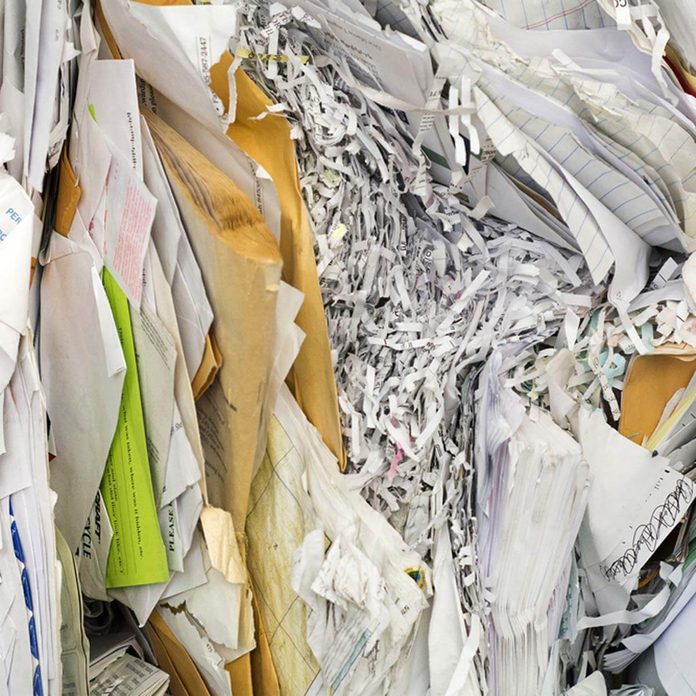
Paper
It should go without saying that paper is a huge contributor to home fires but it’s the location of those papers that people don’t pay close enough attention to at home. Newspaper in the garage near the gas tank for the lawn mower is a common ignition source. Find a good, secret hiding place for your valuable papers in your home, well away from any ignition sources.
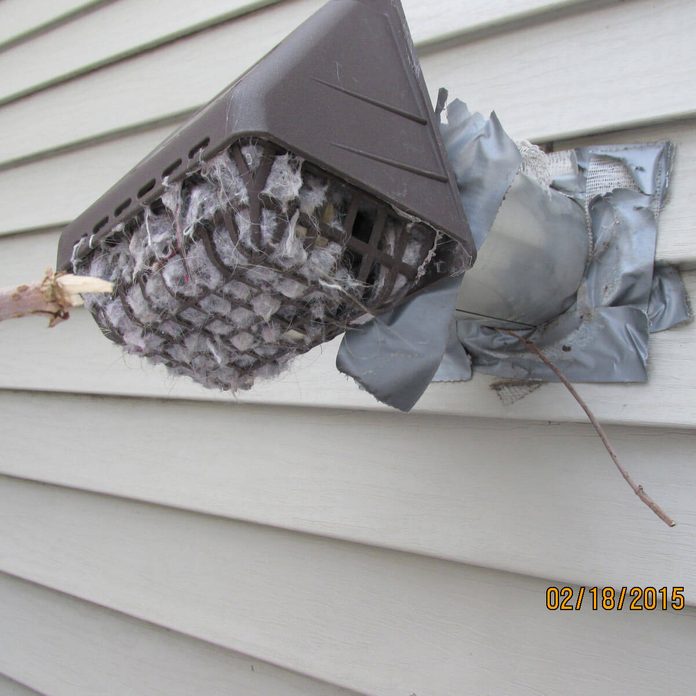
Dryer Lint
In a four-year span there are nearly 25,000 dryer fires, which cause millions of dollars in damage and hundreds of injuries, some fatal. Dryer fires start when built-up lint near the motor, gas burners or heating elements catches on fire. This fire can then spread to ignite lint in the vent pipe. Make sure you’re regularly cleaning the lint trap in your dryer and the vent pipe.

Massage Oil
According to CTV in Canada, massage oils can pose a hidden risk if they seep into towels that don’t get properly cleaned. Some massage oils contain flaxseed or linseed, which have smoke points of around 225 degrees Fahrenheit, and they can remain on towels that get ran through a dryer without getting washed first or they get left in piles of hot towels.
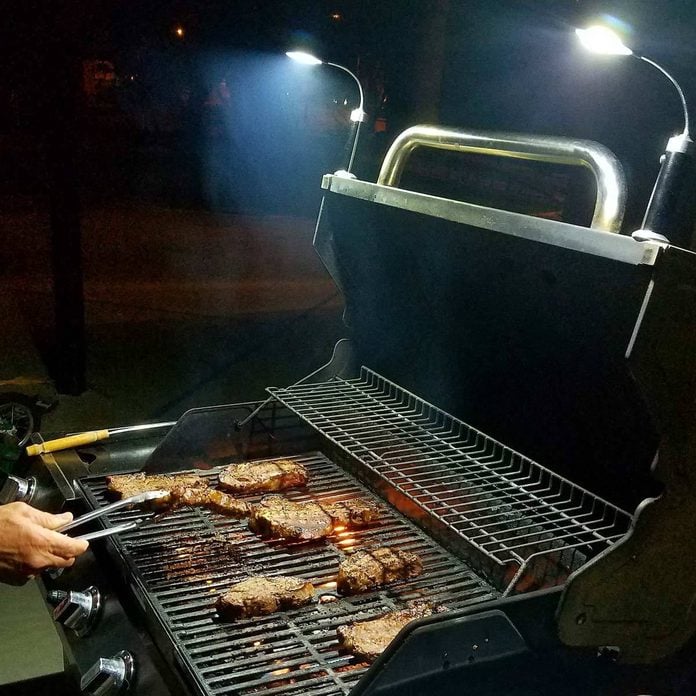
Barbecues
Make sure your grill is not directly underneath any part of the house when grilling and make sure you keep the grease trap clean after uses. If the flame on your grill goes out make sure to wait the proper amount of time suggested by the grill manufacturer before reigniting the grill.

Garage Smoking is a Huge Fire Hazard
Smokers who aren’t allowed to smoke in the house will often seek refuge in the garage. But the garage is not a safe place to smoke because of the various flammable liquids that reside there.